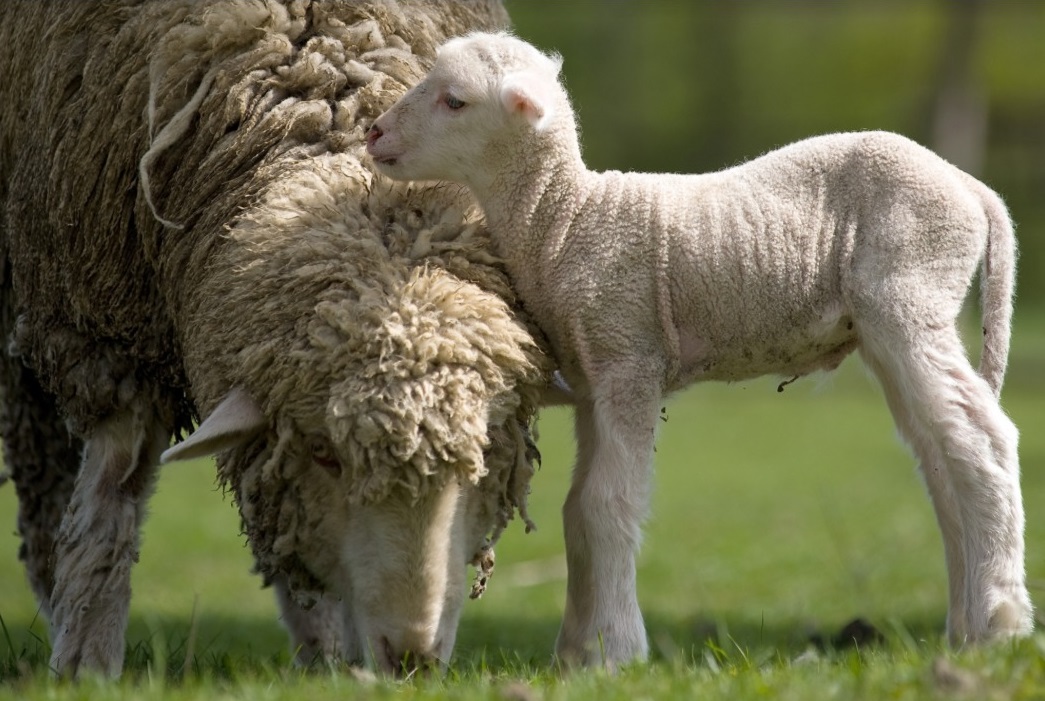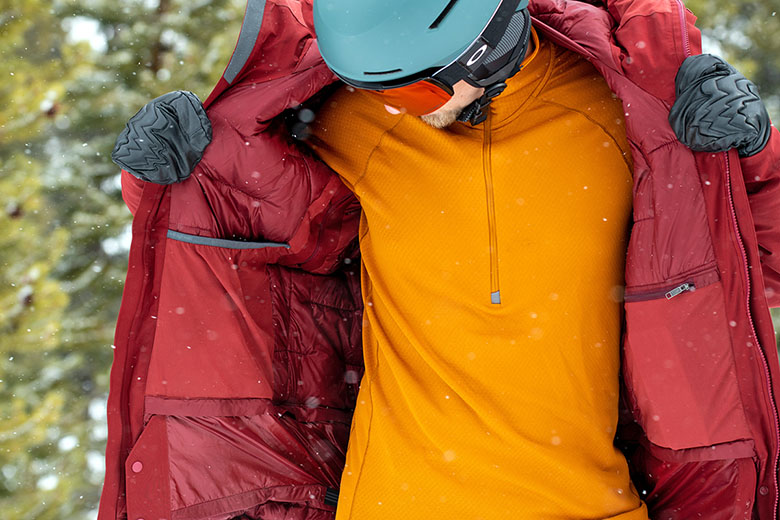Merino sheep are different from other varieties of sheep in a variety of ways. Fine wool Merino sheep are renowned for their fine, supple wool that is finer and softer than the wool of other breeds of sheep. Merino Wool is sought-after because of its flexibility, warmth, and ease of use.
Adaptability- Merino wool sheep are highly capable of adapting to changing environments and climates. They can thrive in both hot and cold climates and can tolerate a wide range of temperatures.
Resilience - Merino sheep are well-known for their strength and durability. They can withstand harsh conditions of the elements and are invulnerable to common diseases of sheep.
Fertility - Merino sheep can have multiple offspring within a single year. They have a high fertility level.
Habits of grazing Merino sheep have a unique way of grazing that assists keep them healthy and overall well-being. They are careful and selective in their grazing, that prevents them from overgrazing or eating poisonous plants.
Breeding- Merino sheep are often selectively bred to create the finest quality wool. This has led to the availability of a variety of Merino sheep breeds with distinctive characteristics and qualities.
In general, Merino sheep are highly valued for their exquisite wool, adaptability, strength and other distinctive characteristics. They are a valuable source for the wool industry and are admired by farmers all over the globe.

What Is The Basis Layer Of Heavyweight Merinowoo Wool Differ Between Lightweight, Midweight And Heavyweight?
The fabric's thickness and warmth is what makes the difference between lightweight, midweight or heavyweight Merino Wool base layers. This article will provide a summary of the differences between the three types of base layers. Lightweight Merino wool base layers are usually constructed from a lightweight and breathable fabric , which is ideal for mild to cool conditions. This is the ideal type of base layer for activities that require a lot of energy. It is essential to have fabrics with good wicking capabilities to keep your body cool. They also work as a layer of base for colder weather, underneath other layers.
Midweight Merino wool base layers are constructed from an extra-thick fabric that offers more insulation and warmth than lightweight base layers. This base layer performs well in cold to cool conditions and is a good choice for those who have low to moderate sweat production.
The heavier Merino wool base layers made of the warmest and most dense fabric are suitable for cold weather. This base layer is ideal for activities that are low in intensity, and where it isn't necessary to sweat for example, such as skiing or snowshoeing.
The conditions of the weather and intensity of activity can affect the selection of a Merino Wool base layer. A lightweight base layer is suitable for high-intensity activities in cool to mild conditions, whereas a heavier base layer is perfect for cool-to-cold weather and low to moderate intensity activities. For low-intensity sports and cold temperatures, a heavier base layer is recommended. Be aware that based on the circumstances it is possible to layer down and up, so it is best to pick a lighter layer than a heavier one. Be aware of the size of the base layer, and make sure it's comfortable and allows you full motion. Go try this best base layers info for more tips.

Why Is Merino Wool Blended With Himalayan Yak Wool A Great Base Layer For Skiing?
Merino and Himalayan wool blends are a good combination to make an underlayer when skiing. Merino wool is renowned for being very soft and capable of being able to regulate temperature. Himalayan yarn wool is known for warmth and durability. The result of mixing the two fibers is a base layer that has excellent warmth, moisture management , and airflow. It is ideal for skiing. Merino wool regulates body temperature, and wicks water away and helps keep you dry. The yak wool serves as an additional layer of insulation and can provide warmth in cold weather. Merino wool blended with yak wool offers superior durability and resistance against wear and tear. This makes it a great base layer for activities like skiing. Overall, blending Merino wool and Himalayan Yak wool makes a base layer that offers an ideal balance of warmth and breathability, moisture management and toughness, making it an ideal choice for skiing and other activities that require cold weather. Go where to find best base layer for hiking near me for more info.

What Other Fabrics Are Available To Be Used In Yak Wool Or Merino Clothing? Are They Superior?
There are numerous fabrics that can replace Merino wool, Himalayan and yak wool in ski clothing. They might not be as efficient at keeping you dry, warm and comfortable while you're on the slopes. Here are some other options as well as the reasons they are inferior. Cotton - Cotton is a common fabric, however it's not the most ideal option for skiing. Cotton is a sponge that absorbs and retained moisture which can cause you to feel cold and damp. You won't feel warm during the winter months because it doesn't offer insulation.
Polyester-Polyester is a type of synthetic fabric that is used to make ski clothes. It is quick to dry and also wicks moisture away. However, it doesn't provide the same amount of warmth and insulation like Merino and Himalayan Yak wool. Polyester is also more permeable than natural fibers, and is more comfortable for certain.
Nylon-Nylon is a synthetic fabric well-known for being durable and resistant to scratching. It can be utilized in ski clothing. It doesn't offer warmth nor insulation. It is also less comfortable as natural fibers such as Merino wool. This can make it uncomfortable to wear for long durations.
Fleece- Fleece can be used as a mid-layer material when skiing. It is not as efficient as natural fibers such as Merino wool or Himalayan Yak wool, but it can provide warmth and insulation. It's also less breathable and more likely to trap moisture than natural fibers.
Although there are a variety of products that can be substituted for Merino Wool or Himalayan Yok Wool in ski clothing, some may not perform as well in keeping you comfortable and warm on the slopes. Natural fibers like Merino wool as well as Himalayan Yak wool provide superior warmth and insulation, as well as the ability to regulate moisture, and breathability and are a superior choice for clothing for skiing.